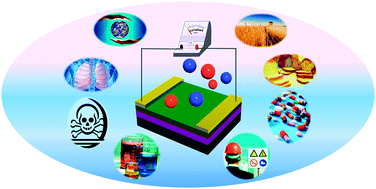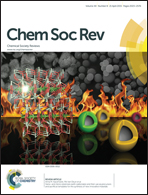Organic field-effect transistor-based gas sensors
Abstract
Organic field-effect transistors (OFETs) are one of the key components of modern organic electronics. While the past several decades have witnessed huge successes in high-performance OFETs, their sophisticated functionalization with regard to the responses towards external stimulations has also aroused increasing attention and become an important field of general concern. This is promoted by the inherent merits of organic semiconductors, including considerable variety in molecular design, low cost, light weight, mechanical flexibility, and solution processability, as well as by the intrinsic advantages of OFETs including multiparameter accessibility and ease of large-scale manufacturing, which provide OFETs with great potential as portable yet reliable sensors offering high sensitivity, selectivity, and expeditious responses. With special emphases on the works achieved since 2009, this tutorial review focuses on OFET-based gas sensors. The working principles of this type of gas sensors are discussed in detail, the state-of-the-art protocols developed for high-performance gas sensing are highlighted, and the advanced gas discrimination systems in terms of sensory arrays of OFETs are also introduced. This tutorial review intends to provide readers with a deep understanding for the future design of high-quality OFET gas sensors for potential uses.


 Please wait while we load your content...
Please wait while we load your content...